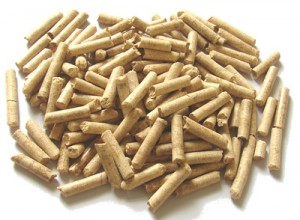The production of pellets from a pellet mill depends on the raw material that is being used as well as the equipment. These two factors will determine the characteristics of the pellets despite the raw material used. The ability of the raw material that is put into the pellet mill to become pellets that are useful to produce energy depends on the binding content known as lignin. In addition, pellet mill lignin naturally found in the various raw materials used in the production of pellets.

Pellet mill lignin is a carbohydrate that is natural and is credited with the strength that is contained in biomass with some having more lignin than others. The raw materials that have lignin include grass as well as wood, with wood containing more lignin than its counterpart. Besides the naturally produced pellet mill lignin, the raw material density as well as equipment used can also influence the amount of lignin that can be used to produce pellets. The more the lignin the better bound the pellets that are formed will be, so is the wood pellet price.
Nevertheless, in some cases there is not enough pellet mill lignin or the lignin available cannot be used to produce quality pellets then a combination of the lignin and supplementary binders are used. Supplementary binders can be obtained from vegetables as well as water which produce an oily waste that can be used as a substitute for lignin. However, these binders are known not to produce quality pellets as compared to the ones that are produced with pellet mill lignin as the sole binder.
When using small pellet mills it is harder to use the natural lignin because of the heat as well as pressure needed for a good amount to be produced so as to bind the pellets. This is the reason why smaller pellet mills opt to use grass to produce lignin as it does not need a lot of heat as well as pressure like wood.


